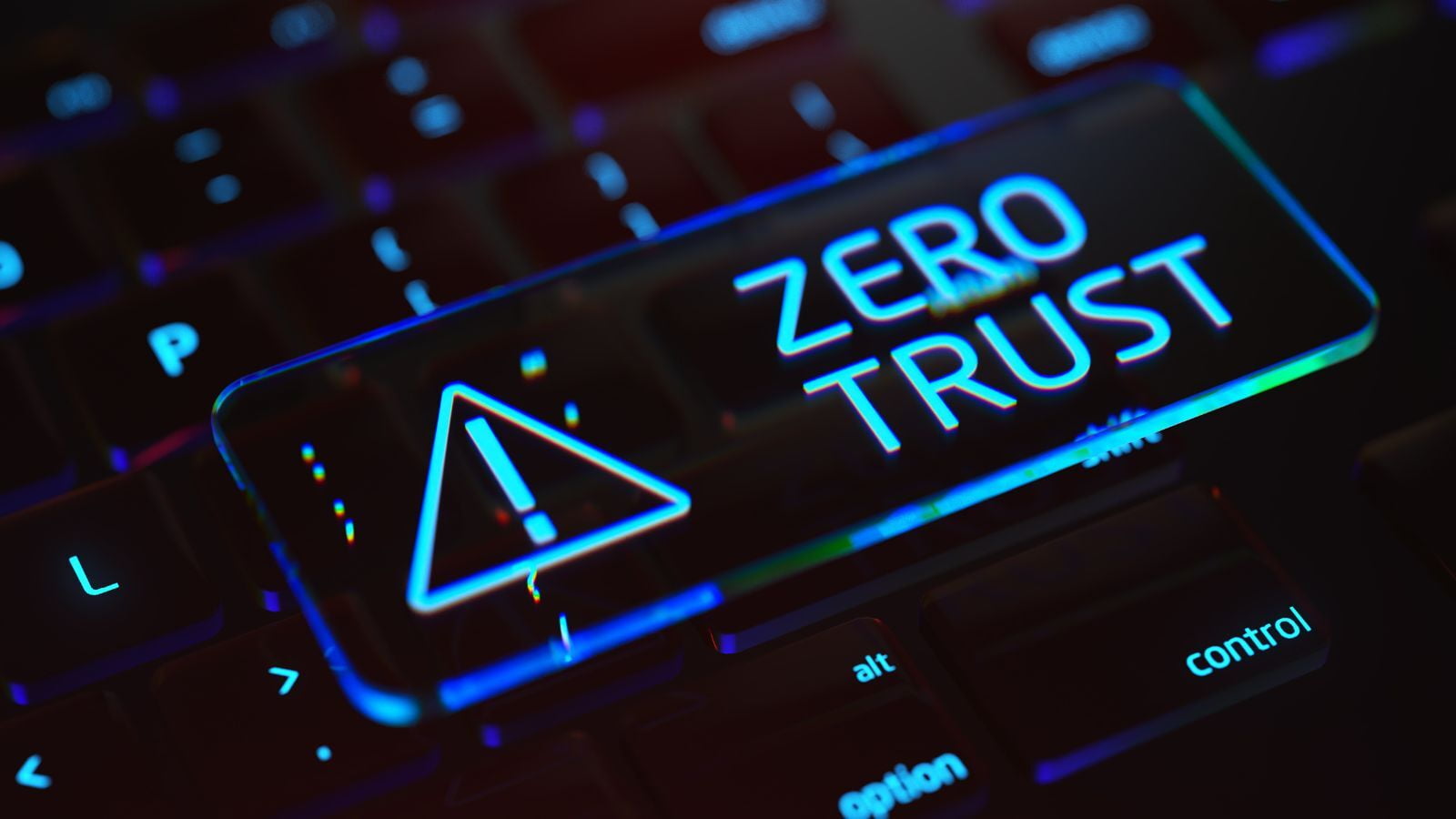A Comprehensive Guide to Combatting the Rising Threat of Ransomware Attacks

In today's digital landscape, ransomware stands as one of the most pervasive and damaging cyber threats facing businesses worldwide. With the frequency of attacks skyrocketing by 600% over the past two years, exacerbated by the transition to remote work during the pandemic, organizations are increasingly vulnerable to the crippling effects of ransomware incidents. These attacks not only result in financial losses but also tarnish a company's reputation and erode customer trust. However, while the threat of ransomware looms large, there are proactive measures that organizations can take to fortify their defenses and mitigate the risk of falling victim to these attacks.
Understanding the Threat:
Ransomware attacks typically involve malicious actors encrypting a victim's data and demanding a ransom for its release. The impact of such attacks can be devastating, with businesses facing significant downtime, operational disruptions, and reputational damage. However, understanding the nature of the threat is the first step towards building effective defenses against it.
Minimizing Privilege:
One crucial aspect of ransomware defense is minimizing user privileges within the organization's network. By implementing the principle of least privilege, businesses can ensure that user accounts have only the access necessary to perform their roles. This limits the potential impact of a compromised account and reduces the likelihood of unauthorized access to sensitive data.
Utilizing Cloud Security Protection:
Cloud security solutions offer robust protection against ransomware by detecting and mitigating threats in real-time. Leveraging cloud-based security platforms can bolster an organization's defenses, providing advanced threat detection capabilities and automated response mechanisms. Additionally, cloud environments offer scalability and flexibility, enabling businesses to adapt their security posture to evolving threats.
Data Backups:
Data backups are an essential component of ransomware defense, serving as a safeguard against data loss and encryption. Implementing a comprehensive backup strategy involves creating regular backups of critical data and storing them securely in multiple locations. The 3-2-1 backup rule, which recommends maintaining three copies of data across two different storage mediums, with one copy stored off-site, ensures redundancy and resilience against ransomware attacks.
Training Your Team:
Educating employees about cybersecurity best practices is paramount in preventing ransomware attacks. Providing comprehensive training on identifying phishing emails, recognizing suspicious behavior, and adhering to security protocols can empower employees to serve as the first line of defense against cyber threats. Additionally, regular security awareness training sessions help reinforce good security habits and foster a culture of cyber vigilance within the organization.
Routine Testing and Validation:
Regular testing and validation of ransomware defense measures are critical to ensuring their effectiveness and readiness. Conducting simulated ransomware attacks, penetration testing, and vulnerability assessments help identify weaknesses in the organization's security posture and inform remediation efforts. Additionally, validating data backup and recovery procedures ensures that critical systems and data can be restored quickly in the event of an attack.
Implementing the 3-2-1-1 Backup Rule:
Adhering to the 3-2-1-1 backup rule provides an additional layer of protection against ransomware attacks. By maintaining multiple copies of data across diverse storage mediums and locations, businesses can minimize the risk of data loss and ensure business continuity in the face of a ransomware incident. Moreover, storing at least one copy of data on immutable and indelible storage further enhances resilience against tampering and destruction.
Combatting ransomware requires a multi-faceted approach that encompasses technical solutions, employee training, and proactive risk management. By implementing a comprehensive ransomware defense strategy, organizations can mitigate the risk of attacks, protect critical assets, and safeguard their reputation. Remember, cybersecurity is an ongoing effort that requires vigilance, collaboration, and adaptation to stay ahead of evolving threats.
For personalized guidance on enhancing your organization's ransomware defense posture, schedule a free cybersecurity consultation with our experts today. Don't wait until it's too late – prioritize your cybersecurity resilience now to protect your business from the growing threat of ransomware.

